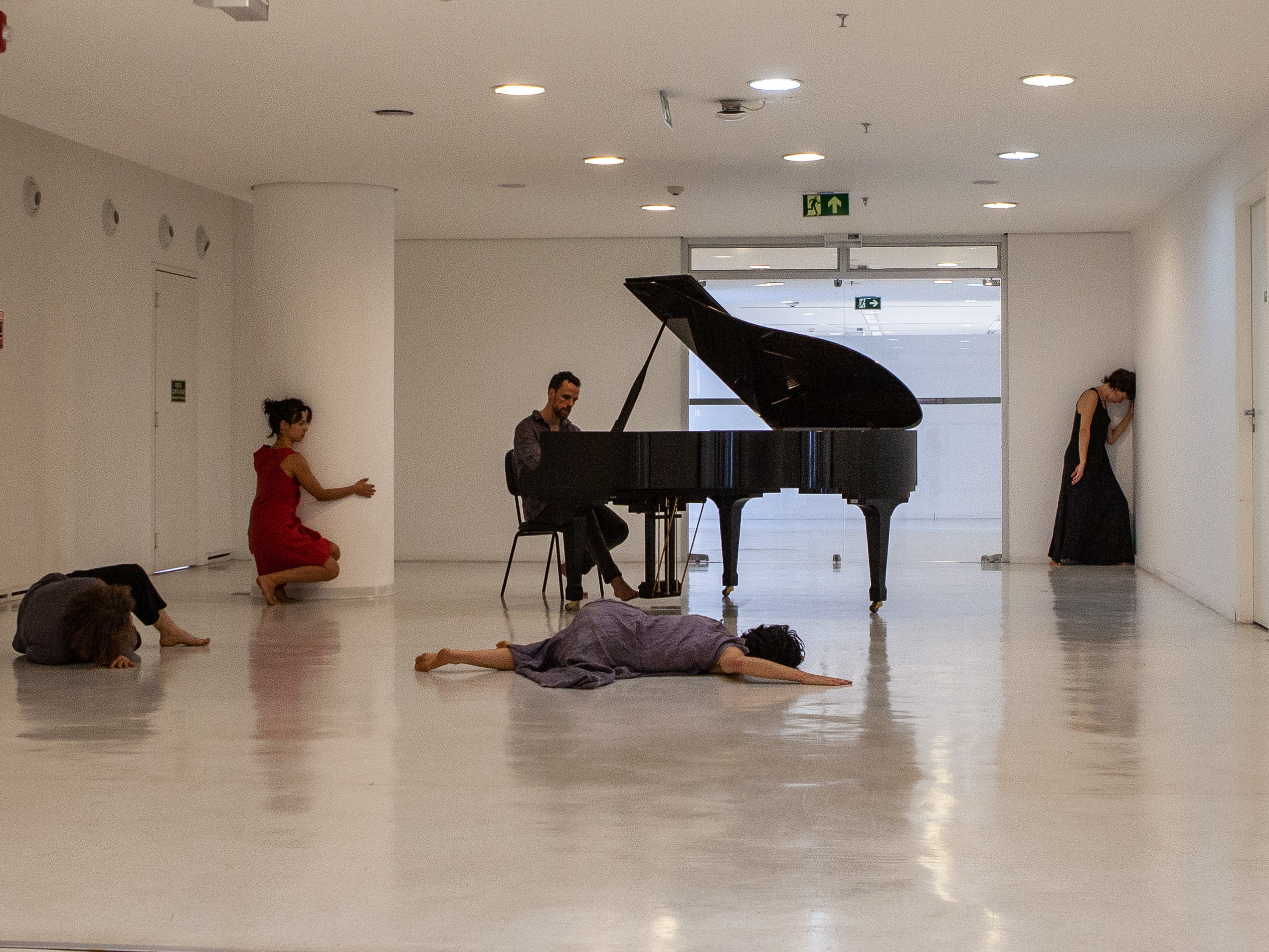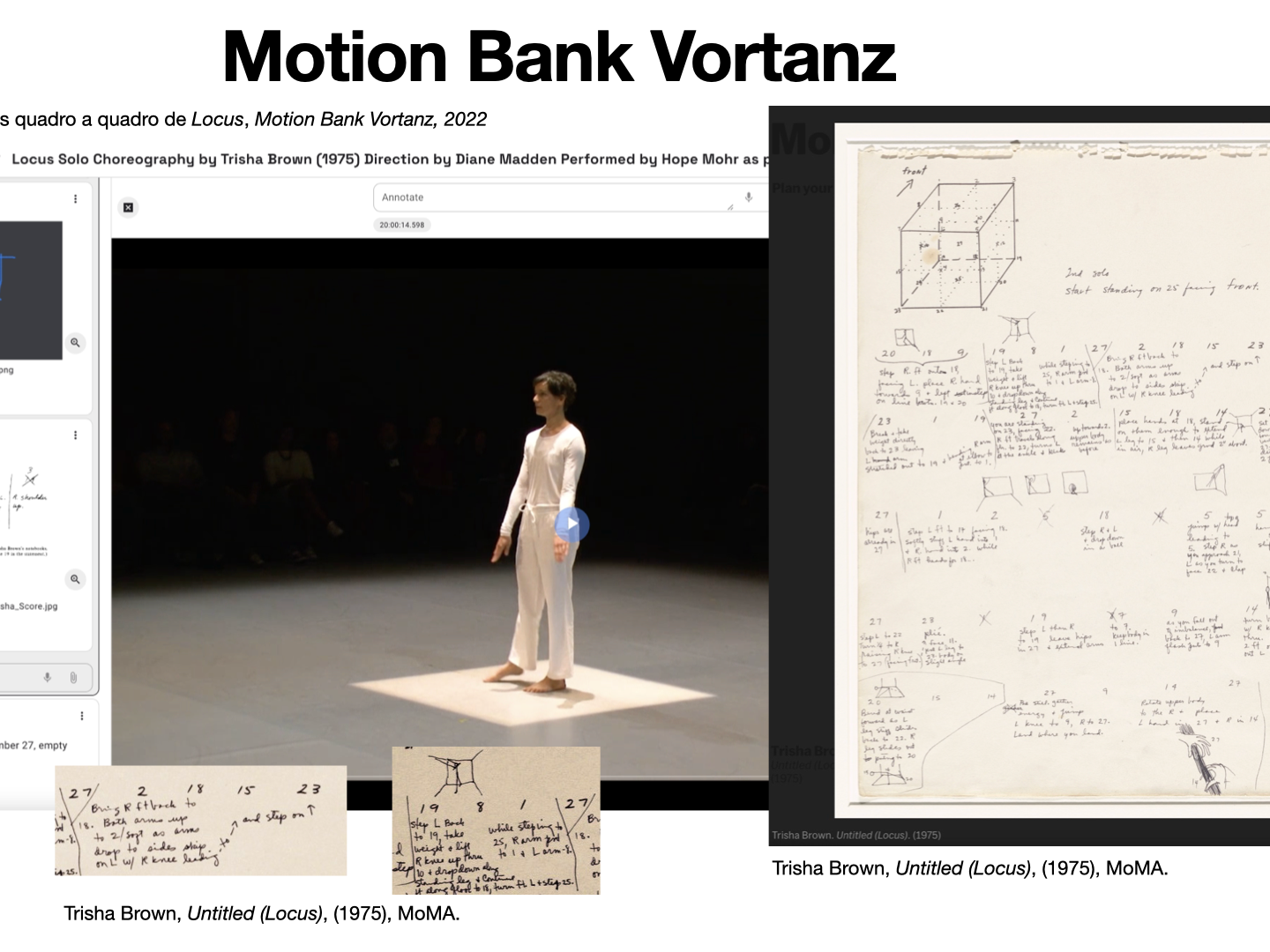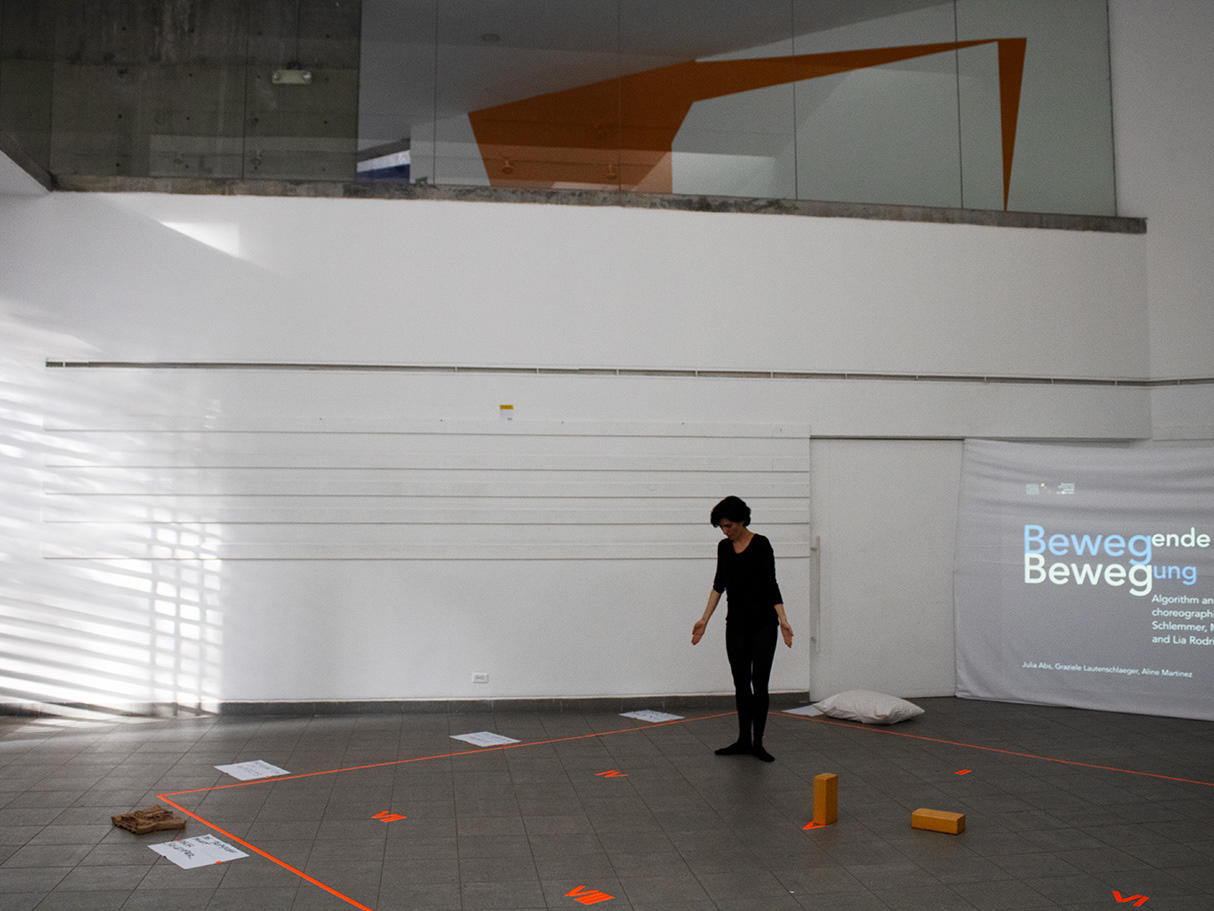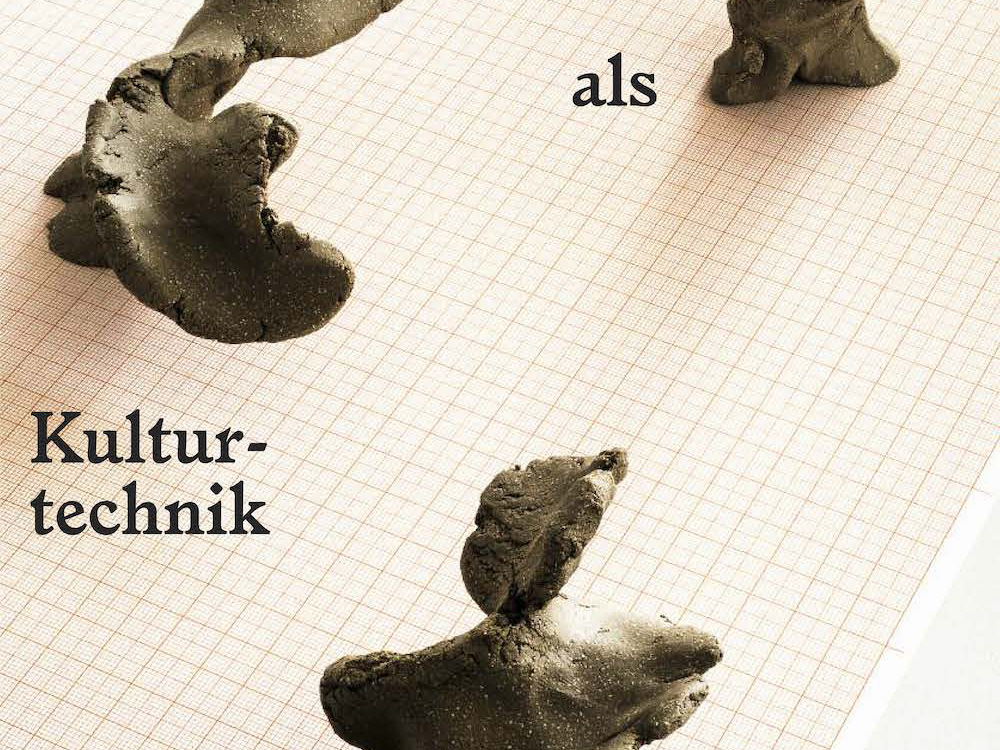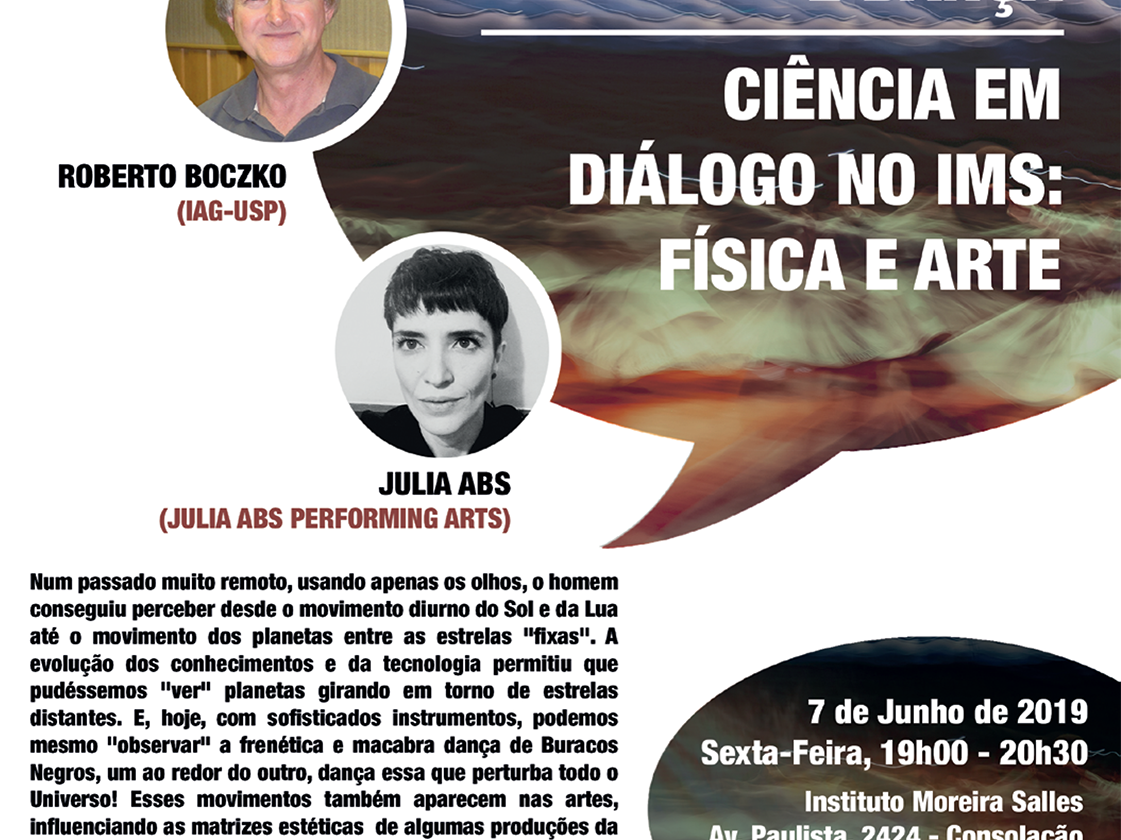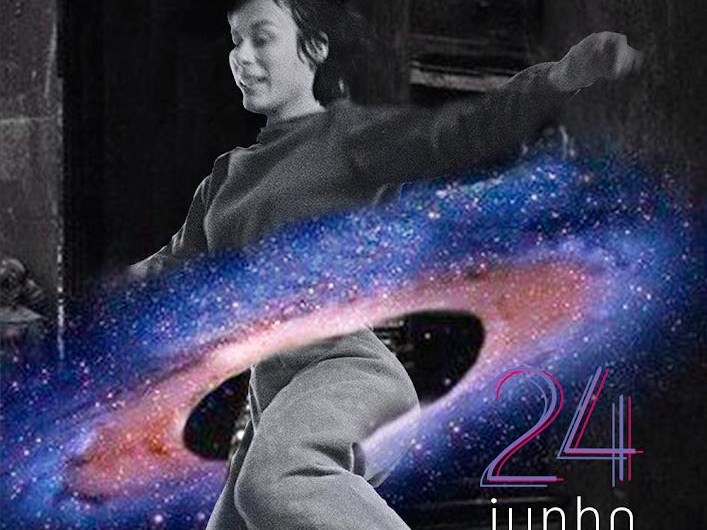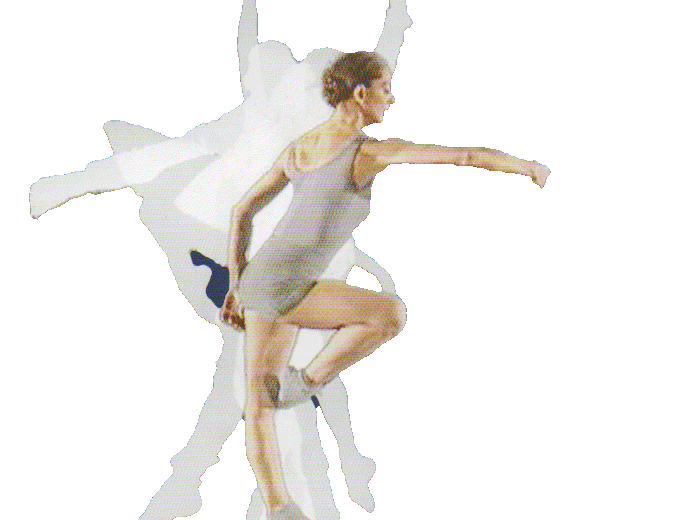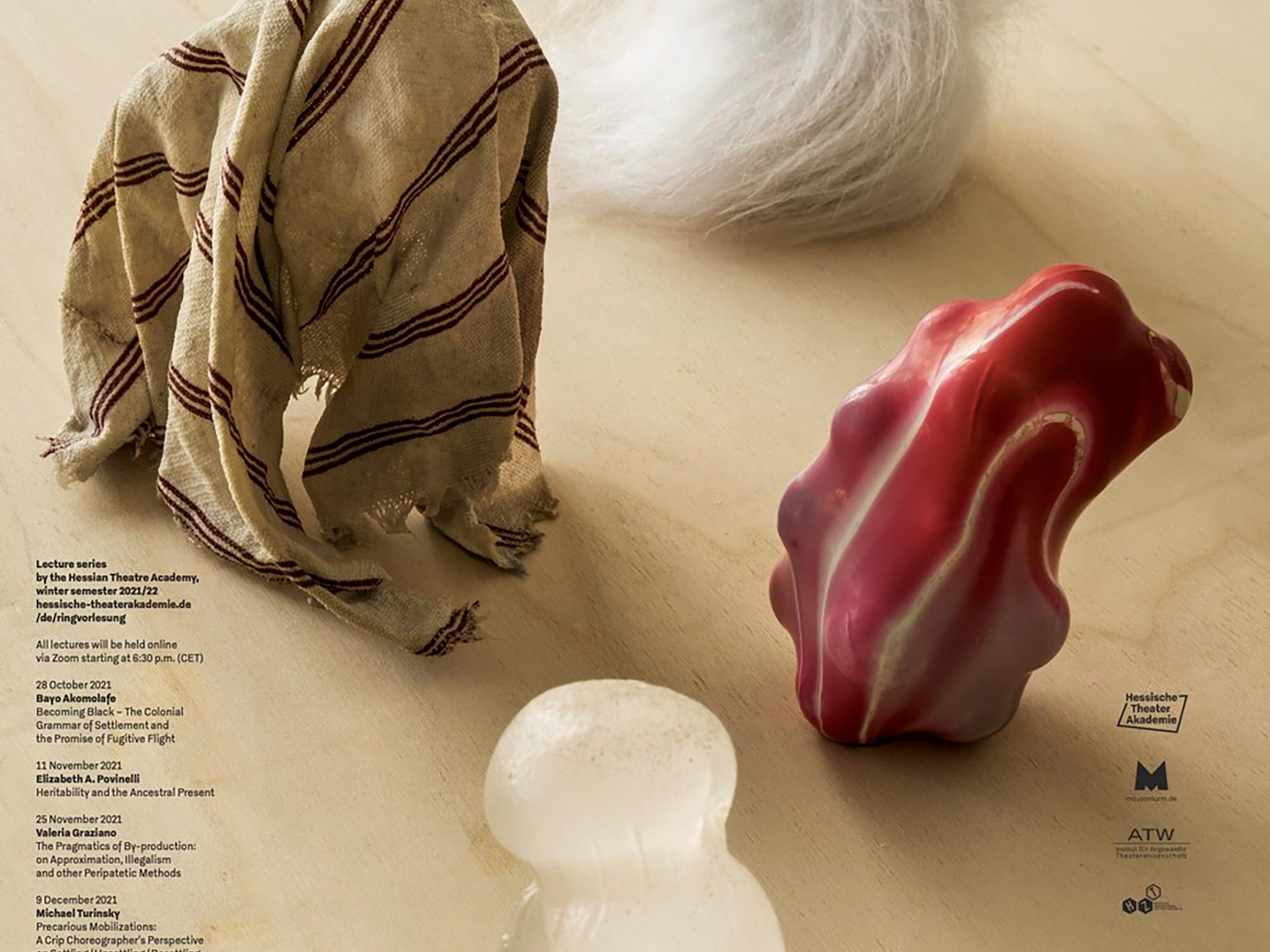CHOREOGRAPHIC CODING LAB, BERLIM 2022
@UDK-KOLLISIONEN
@UDK-KOLLISIONEN
Você é um artista que trabalha criativamente com código e mídias digitais e tem interesse em movimento ou dança contemporânea? É um pesquisador interessado em trocas interdisciplinares nesses campos correlatos? Então venha participar do próximo Choreographic Coding Lab (CCL) no Uferstudios, em Berlim, coorganizado pelo Motion Bank, HZT Berlin e o Design Research Lab (DRL), no contexto do campus Kollisionen da UDK, de 3 a 7 de janeiro de 2022.
O CCL na primeira semana de janeiro de 2022 acontecerá no contexto do atual projeto de pesquisa do Motion Bank, #vortanz (vortanz.ai), com foco em dança e inteligência artificial (IA). Como um dos parceiros do projeto é o Centro Interuniversitário de Dança de Berlim (HZT), o Motion Bank aproveita a oportunidade para sediar o próximo CCL ali — o primeiro desde o início da pandemia de COVID-19.
Graças à parceria com o HZT e o DRL, o CCL poderá ocorrer como parte da Semana de Projetos Collisions da Universidade das Artes de Berlim (UDK), acolhendo também estudantes da UDK.
O QUE HÁ DE ESPECIAL NESTE CCL?
Este é o primeiro CCL a fazer parte de uma semana de projetos universitária, reunindo pessoas da área da dança, da comunidade de Creative Coding, estudantes e professores de diferentes cursos da UDK. A semana de projetos Kollisionentornou-se O espaço transdisciplinar por excelência na UDK Berlim. Na primeira semana de janeiro de cada ano, até 400 estudantes e 40 professores de todos os cursos se reúnem para trabalhar em projetos diversos. Eles “colidem” entre si, trazendo suas próprias expertises e competências.
https://campus-kollision.de
https://campus-kollision.de
Além disso, o foco em dança e IA se deve, em parte, à presença da inteligência artificial e do aprendizado de máquina no atual projeto de pesquisa #vortanz do Motion Bank, que se insere no contexto da educação em dança, com parceiros em Berlim (HZT) e Frankfurt/Main (HfMDK), realizado em colaboração com a Universidade Alemã de Esportes de Colôniae a empresa WizAI Solutions, de Koblenz.
Embora o Motion Bank tenha começado a trabalhar com aprendizado de máquina recentemente, a área do design também tem explorado esse potencial. Além disso, a conexão entre dança e IA tem despertado grande interesse na comunidade de creative coding.
NUNCA OUVIU FALAR DO CHOREOGRAPHIC CODING LAB (CCL)?
Caso ainda não conheça: o CCL é um formato internacional itinerante que oferece a artistas de mídia digital e creative coders a oportunidade de traduzir aspectos da coreografia e da dança para a forma digital, além de aplicar o pensamento coreográfico às suas próprias práticas.
É também uma oportunidade para dançarinos, coreógrafos e pesquisadores se aproximarem da tecnologia e dos programadores, engajando-se com questões que surgem do uso da tecnologia no campo da dança.
Em um ambiente interdisciplinar peer-to-peer de uma semana, os participantes trabalham em seus próprios projetos, compartilham conhecimentos, encontram novos parceiros de colaboração, discutem ideias e desafios.
Participações anteriores incluíram artistas digitais, músicos, arquitetos, físicos e dançarinos. Os resultados da semana podem variar de protótipos de obras de arte a novas ferramentas para trabalhar com conjuntos de dados relacionados à dança.
CHOREOGRAPHIC CODING LAB, BERLIN 2022 @UDK-KOLLISIONEN
Are you an artist working creatively with code and digital media and interested in movement or contemporary dance? Are you a researcher interested in interdisciplinary exchange within these corresponding fields? Then come join the next Choreographic Coding Lab at Uferstudios Berlin, co-hosted by Motion Bank, HZT Berlin and the Design Research Lab (DRL) in the frame of UDK campus kollisionen January 3rd – January 7th, 2022. The CCL in the first week of January 2022 will take place in the context of Motion Bank's current #vortanz research project (vortanz.ai) and will focus on dance and AI. As one of the project partners is the Inter-University Centre for Dance in Berlin (HZT), Motion Bank would like to take the opportunity to host the next CCL there, which will be the first since the outbreak of the Corona pandemic. Thanks to the cooperation with the HZT and the DRL, the CCL has the opportunity to be run there as part of the Collisions Project Week of the University of the Arts (UDK) and therefore to also welcome students from the UDK.
WHAT’S SPECIAL ABOUT THIS CCL?
This is the first CCL that will be part of a university project week and bring together people from the dance field, from the Creative Coding community and students and teachers from different degree programs of the UDK. The “Kollisionen” project week has become THE transdisciplinary venue at the UdK Berlin. In the first week of January each year, up to 400 students and up to 40 teachers from all degree programmes come together and work on different projects. They collide with each other; each bringing their own expertise and competence. https://campus-kollision.de Secondly, there is a focus on dance and AI. This is partly linked to the fact, that AI and Machine Learning have a part in the Motion Bank’s current research project #vortanz, which is located within the context of dance education with partners in Berlin (HZT) and Frankfurt/Main (HfMDK) and carried out in cooperation with the German Sport University Cologne and the company WizAI solutions in Koblenz.While machine learning has recently become a topic for Motion Bank, the design field has also begun to explore its potential. Additionally, the link between dance and AI is attracting a lot of interest in creative coding.
NEVER HEARD ABOUT THE CHOREOGRAPHIC CODING LAB (CCL)?
In case you don’t know yet: The CCL is an internationally traveling format offering digital media artists and Creative Coders the opportunity to translate aspects of choreography and dance into digital form and apply choreographic thinking to their own practice.It is also an opportunity for dancers, choreographers and researchers to get in touch with technology and coders and engage with questions arising from the use of technology in the field of dance. In a one-week interdisciplinary peerto- peer setting, the participants work on their own projects, share knowledge, find new collaboration partners, discuss ideas and challenges. Previous CCLs have been joined by digital artists, musicians, architects, physicists and dancers. Results from the week might range from prototypes for artworks to new tools for working with dance related datasets. Read more here: https://medium.com/motion-bank/the-choreographic-coding-lab-format-by-motionbank- 61d34fe28e82
JULIALAO
CHOREOGRAPHIC PROTOTYPE
Para desenvolver esse protótipo coreográfico, Lao Wurth e eu criamos vinte clipes com sequências de movimentos estruturadas a partir de uma lógica matemática simples: o fatorial. Com essa lógica, trabalhamos com cinco letras do alfabeto (A–E) e todos os produtos dos inteiros positivos de A a E: Ab, Ac, Ad, Ae; Ba, Bc, Bd, Be; Ca, Cb, Cd, Ce; Da, Db, Dc, De; Ea, Eb, Ec, Ed. Eu criei o mesmo movimento para os inteiros positivos: A, B, C, D e E, e variei os movimentos nas trajetórias das combinações menores.
Assim, programamos um sistema aleatório entre essas variáveis, com a função de alterar constantemente as combinações dos movimentos, modificando a coreografia. Estávamos interessados em observar o que influencia esse rearranjo constante do material e como isso afeta a percepção da coreografia.
To develop this choreographic prototype, Lao Wurth and I created twenty clips with movement sequences structured on a simple mathematical logic: the factorial. With this logic, we worked with five letters of the alphabet (A-E) and all the products of the positive integers from A to E: Ab, Ac, Ad, Ae; Ba, Bc, Bd, Be; Ca, Cb, Cd, Ce; Da, Db, Dc, De; Ea, Eb, Ec, Ed. I created the same movement for the positive integers: A, B, C, D, and E, and varied the movements in the trajectories of the smaller combinations. Thus, we programmed a random system among these variables, with the function of always changing the combinations of movements, altering the choreography. We were interested in observing what influences the constant rearrangement of the material and how this affects the perception of the choreography.
Scores and Body-Archive Lecture
So far, my work has focused on choreographic annotation within the expanded field of choreography, exploring the intersection between minimalist dance and the visual arts. I draw on the concept of activation—of movement patterns and choreographic styles—based on archival materials (scores, books, texts, photographs, and videos) from the works of Yvonne Rainer (Trio A, 1966), Trisha Brown (Locus, 1975), Lucinda Childs (Calico Mingling, 1973), and Anne Teresa De Keersmaeker (Drumming, 1998; Rain, 2001). Through this process, I construct the notion of the body-archive as a living embodiment of dance history.

